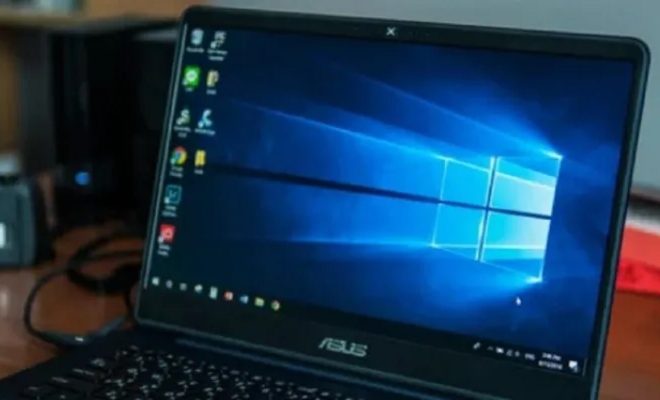How to Identify Network Hardware IP Addresses on a Local Network

If you’re trying to troubleshoot network issues or set up new devices on your local network, it’s important to know the IP addresses of the devices connected to it. In this article, we’ll guide you on how to identify network hardware IP addresses on a local network.
Step One: Open the Command Prompt
The first step is to open the Command Prompt on your computer. On Windows, press the Windows key + R, type “cmd” in the Run dialog box, and press Enter. On a Mac, open the Terminal app.
Step Two: Type the Command
Once you have the Command Prompt or Terminal open, type the command “arp -a” and press Enter. This command will display a list of all the devices connected to your local network, along with their IP addresses and MAC addresses.
Step Three: Look for Your Device
Scroll through the list of devices until you find the one you’re looking for. The IP address will be listed in the first column, labeled “Internet Address.”
Step Four: Identify the MAC Address
If you need to identify a specific device, you can also look at its MAC address. The MAC address is listed in the second column, labeled “Physical Address.” This can be useful if you have multiple devices with the same name or IP address.
Step Five: Use a Network Scanner Tool
If you have trouble identifying a specific device using the arp command, you can also use a network scanner tool. These tools scan your network and display a list of all the devices connected to it, along with their IP and MAC addresses. Some popular network scanner tools include Fing, Advanced IP Scanner, and Angry IP Scanner.
In conclusion, identifying network hardware IP addresses on a local network is a simple process that can be done using the Command Prompt or Terminal, as well as network scanner tools. By knowing the IP addresses of the devices connected to your network, you can troubleshoot network issues and set up new devices with ease.





